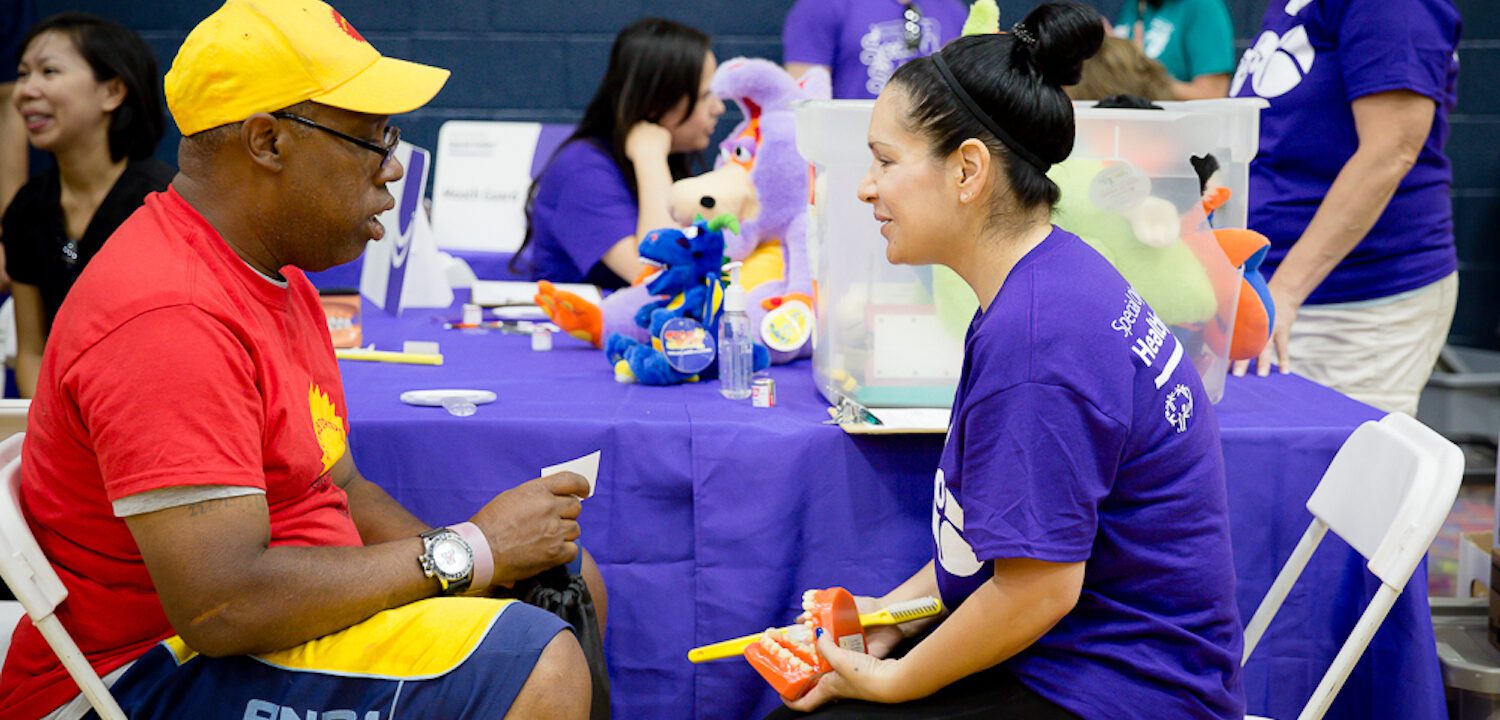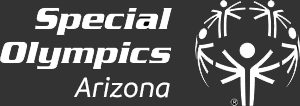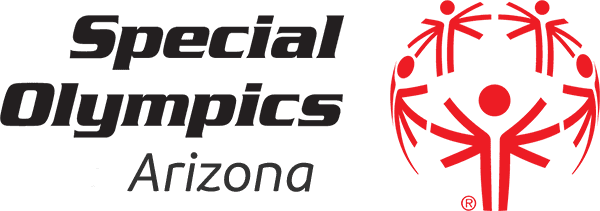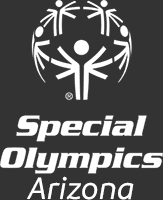
How Is Autism Diagnosed?
How Is Autism Diagnosed?
Autism, also known as autism spectrum disorder (ASD), is a complex neurodevelopmental condition that affects individuals differently. Due to the fact that autism is a spectrum disorder, there are a number of different symptoms and the symptoms will present at a range of severity, making an autism diagnosis relatively complex. Diagnosing autism involves a comprehensive evaluation to determine whether a person meets the criteria for ASD. Early diagnosis is crucial to providing individuals and their families with the necessary support and interventions. The Special Olympics Arizona team is breaking down the common tests and evaluation methods used to diagnose autism in different age groups.
Common Tests Used to Diagnose Autism
Diagnosing autism typically involves a combination of clinical observation, parental interviews, and standardized tests. Some of the common tests used in the diagnostic process include:
Autism Diagnostic Interview-Revised (ADI-R)
The ADI-R is a comprehensive, structured interview conducted with the child’s parents or caregivers. It covers various areas, such as communication, social interaction, and repetitive behaviors. The interview is used to gather information about the child’s development, behavior, and social interactions from a very young age, and it is intended for children who are at least 2 years old. This interview takes around one to two hours to complete and involves 93 specific questions that assess a child’s behavior. The responses are rated on a scale of zero to nine, with zero being that the behavior is not present, three being that there is an extreme severity of the behavior, and nine being that it is not known. The score is then tallied and an algorithm is applied to determine whether autism is the likely cause of a child’s behavioral issues.
Social Communication Questionnaire (SCQ)
The SCQ is a parent-reported screening tool that assesses communication and social skills in children. It consists of a set of questions designed to identify potential signs of autism. The social communication questionnaire generally takes around 10 minutes to complete and is usually asked questions relating to the child’s behavior over the last 3 months and then their behavior over their lifetime. If the SCQ suggests the possibility of autism, further evaluation is typically recommended. It is often used as a screening companion to the ADI-R.
Modified Checklist of Autism in Toddlers, Revised (M-CHAT-R)
The M-CHAT-R is a developmental screening tool used to identify potential autism symptoms in young children, designed specifically for children between 16 and 30 months of age. It involves a series of questions for parents to answer about their child’s behavior and development, including questions such as whether the child pretends or engages in pretend play, whether the child points to something when prompted, whether the child engages in protodeclarative pointing, or pointing to share interest or attention about an object. A positive M-CHAT-R result may indicate a need for further evaluation.
Screening Tool for Autism in Toddlers & Young Children (STAT)
The STAT is another screening tool used in clinical settings to assess the communication and social behavior of young children. The STAT is a play-based test that consists of 12 different activities and is used to evaluate how a child interacts or communicates, including their ability to imitate, request, and direct attention. It is often administered by professionals as part of an initial evaluation for young children who seem to have behavioral indicators related to autism.
Diagnosing Autism in Young Children
Autism can be difficult to diagnose since there are a number of other conditions that have similar symptoms to those of autism, such as attention-deficit hyperactivity disorder, hearing impairment, or reactive attachment disorder. Diagnosing autism as early as possible can help provide the opportunity for early intervention, which is known to be extremely effective the earlier it can begin in a child’s life. Diagnosing autism in young children will usually include the following:
Developmental Screening
Developmental screening is the first step in identifying potential developmental concerns, including autism, in young children. Pediatricians routinely perform developmental screenings during well-child visits. If a child’s screening indicates potential issues, further evaluation is recommended.
Additional Diagnostic Evaluation
If concerns persist after developmental screening, a comprehensive assessment may be conducted. This assessment involves a team of professionals, including developmental pediatricians, child psychologists, speech therapists, and occupational therapists. The evaluation assesses the child’s behavior, communication, and social interaction to determine if they meet the criteria for an autism diagnosis.
Diagnosing Autism in Older Children and Adolescents
Diagnosing autism in older children and adolescents involves a slightly different process, including:
- Comprehensive Developmental History: Professionals gather information about the individual’s developmental history, including language and social milestones, behaviors, and challenges.
- Clinical Observation: Observations are made in various settings to assess the individual’s social interactions, communication skills, and behavior.
- Psychometric Testing: Standardized assessments are used to measure cognitive abilities, language skills, and other developmental areas.
- Communication and Speech Assessment: Speech and language therapists assess communication skills, including expressive and receptive language abilities.
- Behavioral Assessments: These assessments may include the ADI-R or other tools to evaluate behavior patterns and social interactions.
Diagnosing Autism in Adults
Diagnosing autism in adults can be challenging, as individuals may have developed coping strategies and learned to mask their symptoms over the years. The diagnostic process may involve:
- Comprehensive Interviews: Adults are interviewed about their developmental history, social interactions, and experiences.
- Self-report questionnaires: Individuals may complete questionnaires to provide insight into their experiences and challenges.
Clinical Assessment: Professionals observe the individual’s behavior and communication. - Neuropsychological Testing: Cognitive assessments are conducted to evaluate cognitive functioning and identify any areas of strength or weakness.
The diagnosis of autism is a multidisciplinary process that relies on various assessment tools and clinical evaluations. It’s important to remember that early diagnosis and intervention can lead to better outcomes for individuals with autism, so if you have concerns about your child’s development, seeking evaluation and support is crucial. Diagnosing autism is the first step toward understanding and addressing the unique needs of individuals on the autism spectrum. Putting a name to some of the difficulties your child is facing may help them better understand themselves and learn a path forward that will help them relate to their peers, enjoy their education, and have a great quality of life.



